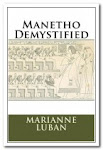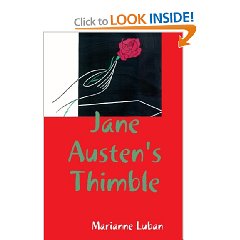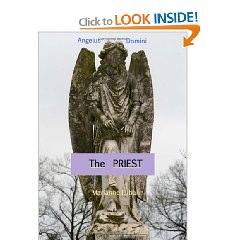
In the previous post I mentioned the kinds of ancient portraiture I use in my artistic reconstructions of the faces of the royal mummies. Now I am taking the opportunity to discuss one of them, perhaps the most fortuitous. For some reason it was the custom for the nobles and officials of Egypt to have themselves portrayed with the face of the current monarch--and their wives as well. The down side of this convention is that we have missed knowing what these ladies and gentlemen looked like, themselves. On the other hand, it would happen that the artisans who created these portraits often did not trouble to flatter [or perhaps idealize] the pharaoh as much as they did when executing his own likenesses. Therefore the statues, etc., of the nobles provide very helpful insight into how these kings really appeared. Also, it is often possible to date this art to a certain reign just by studying the features.
Those of us who have studied the faces of the pharaohs at length recognize them when we see them--even spot modern ringers for these defunct Egyptian kings. As you can see the face of Seti I, below, you might be interested in a dyad that I have assigned to his reign. Both husband and wife, while looking a bit different, serve to highlight various aspects of the king's face--his large eyes, flaring nostrils, full lips and rather full cheeks. Compare their faces to that of their master.











